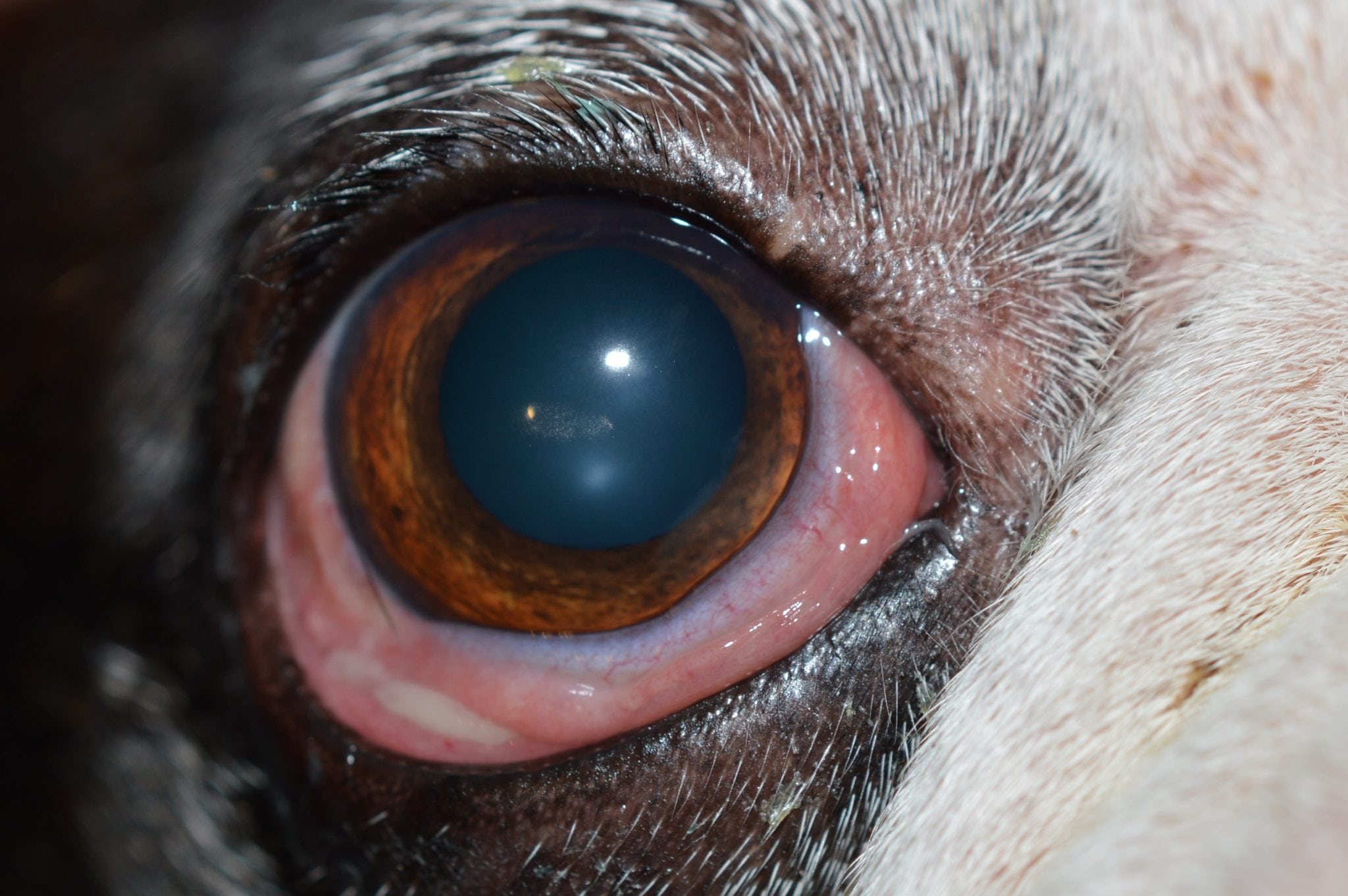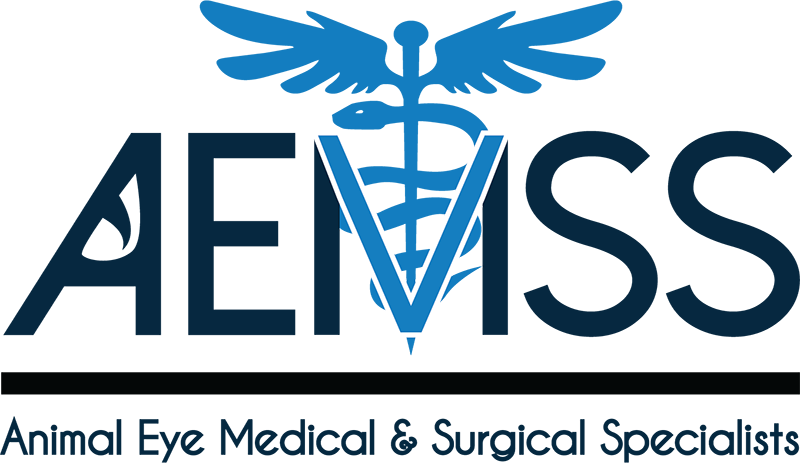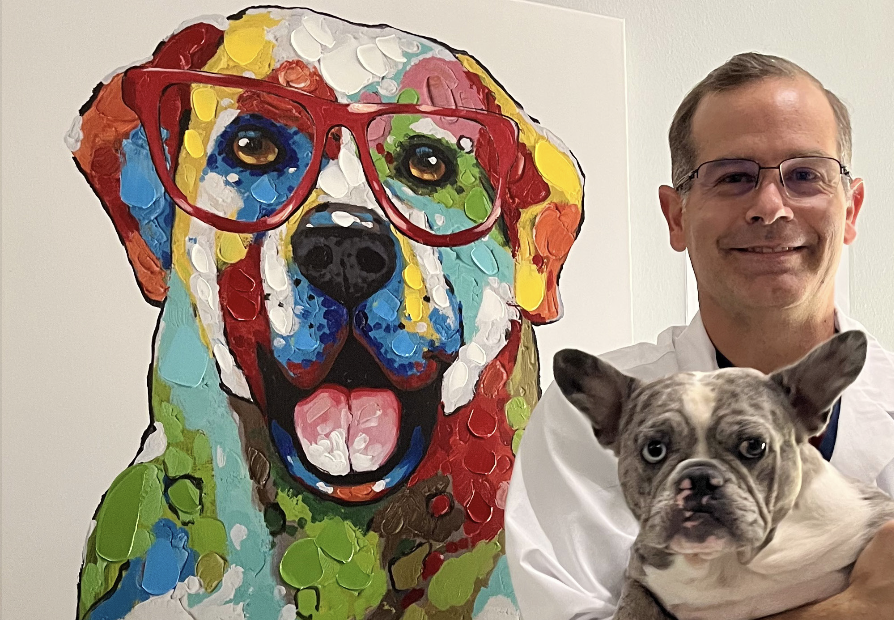Pet Corneal Lipid Dystrophy in Katy, TX
Corneal lipid dystrophy is a condition that affects the cornea, leading to the development of white, opaque spots. This condition is generally benign but can cause concern due to its impact on the appearance of the eye and, in some cases, on vision. At Animal Eye Medical & Surgical Specialists in Katy, TX, we provide comprehensive care for pets diagnosed with corneal lipid dystrophy, ensuring your pet’s comfort and eye health.
What is Corneal Lipid Dystrophy?
Corneal lipid dystrophy is characterized by the accumulation of lipid deposits in the cornea. These deposits appear as white, circular opacities, often in the central cornea. The condition is usually bilateral, meaning it affects both eyes and tends to be non-progressive, causing minimal to no impact on your pet’s vision.
Symptoms of Corneal Lipid Dystrophy
While corneal lipid dystrophy often does not cause significant discomfort, recognizing the symptoms early is important for monitoring the condition:
- White or grayish spots in the cornea
- Lesions that are typically round and located centrally in the eye
- Minimal to no vision impairment
- Lack of associated pain or discomfort
If you notice any of these symptoms in your pet, call us immediately at 832-437-0119. It’s essential to have their eyes examined to confirm the diagnosis and determine the appropriate course of action.

Causes of Corneal Lipid Dystrophy
The exact cause of corneal lipid dystrophy is not entirely understood, but it is believed to be related to genetic factors that affect the metabolism of corneal cells. Some breeds are more prone to developing this condition, including:
- Cocker Spaniels
- Siberian Huskies
- English Springer Spaniels
- Dachshunds
It’s important to note that any breed can potentially develop corneal lipid dystrophy, especially as they age.
Treatment Options for Corneal Lipid Dystrophy
In most cases, corneal lipid dystrophy does not require treatment. The condition is self-limiting and usually does not progress to a stage where it affects vision or causes discomfort. However, in cases where the lipid deposits are extensive and impact your pet’s vision, treatment may be necessary.
Regular veterinary check-ups to monitor the condition and ensure it does not progress.
A low-fat diet may be recommended to help manage the condition.
For severe cases, a surgical procedure known as keratectomy may be performed to remove the affected corneal tissue.
In some cases, eye drops may be prescribed to slow the progression of lipid deposits.
Why Choose Animal Eye Medical & Surgical Specialists?
- Expertise: Skilled in managing complex eye conditions in pets.
- Advanced Diagnostics: Cutting-edge diagnostic and treatment options.
- Personalized Care: Tailored treatment plans for each pet’s unique needs.
- Compassionate Team: Dedicated to improving your pet’s quality of life.
If you notice any signs of corneal issues in your pet or have concerns about their eye health, immediately contact Animal Eye Medical & Surgical Specialists in Katy, TX. Early diagnosis and treatment are crucial to preserving your pet’s vision and comfort.
Call us today at 832-437-0119 to schedule an appointment or to learn more about how we can assist your pet.

